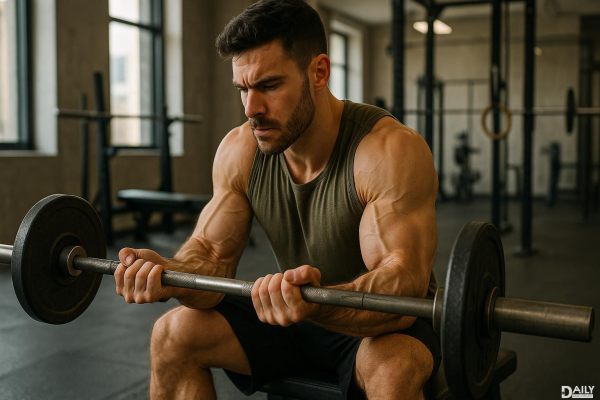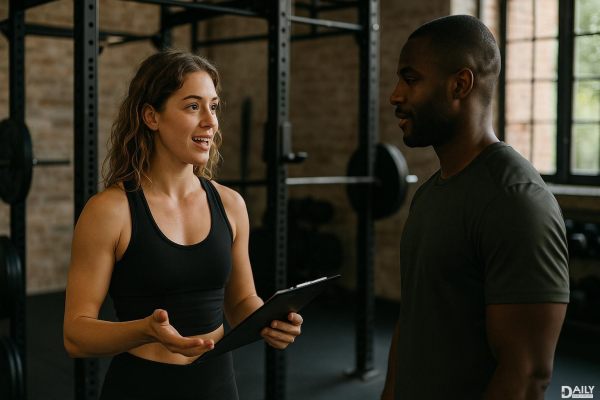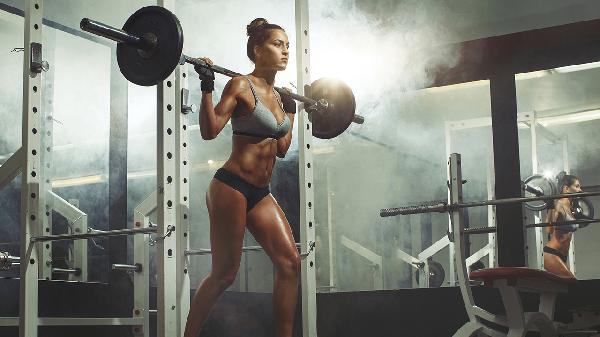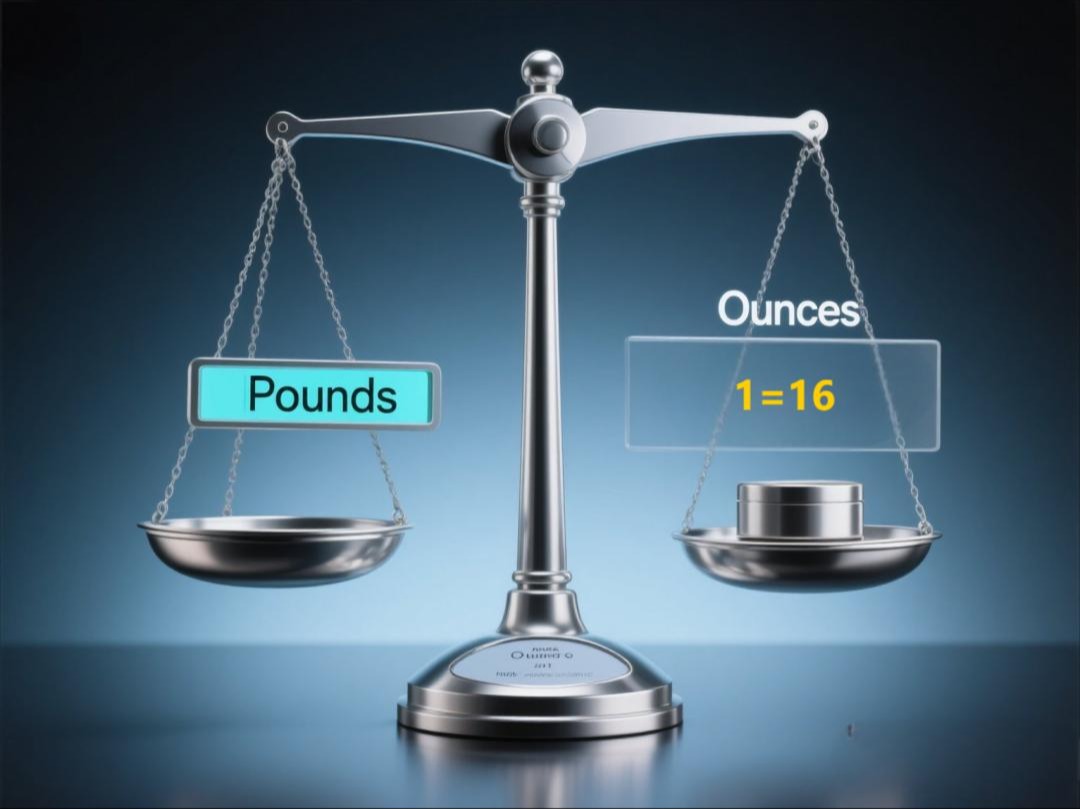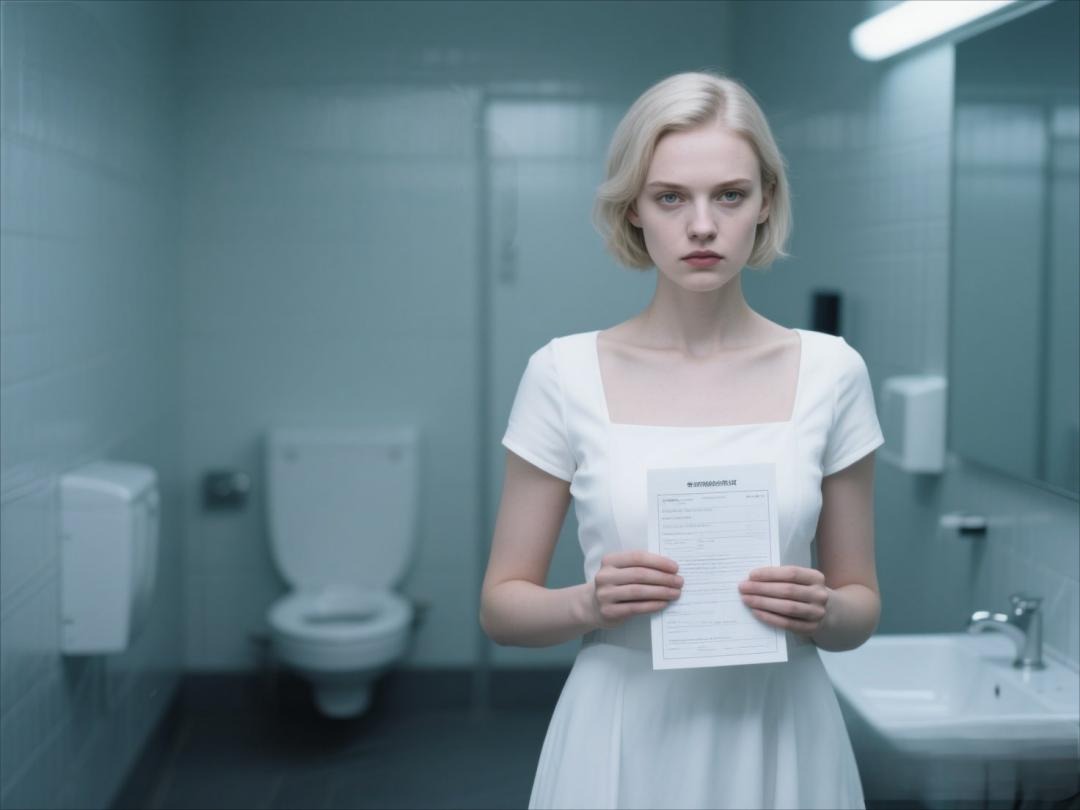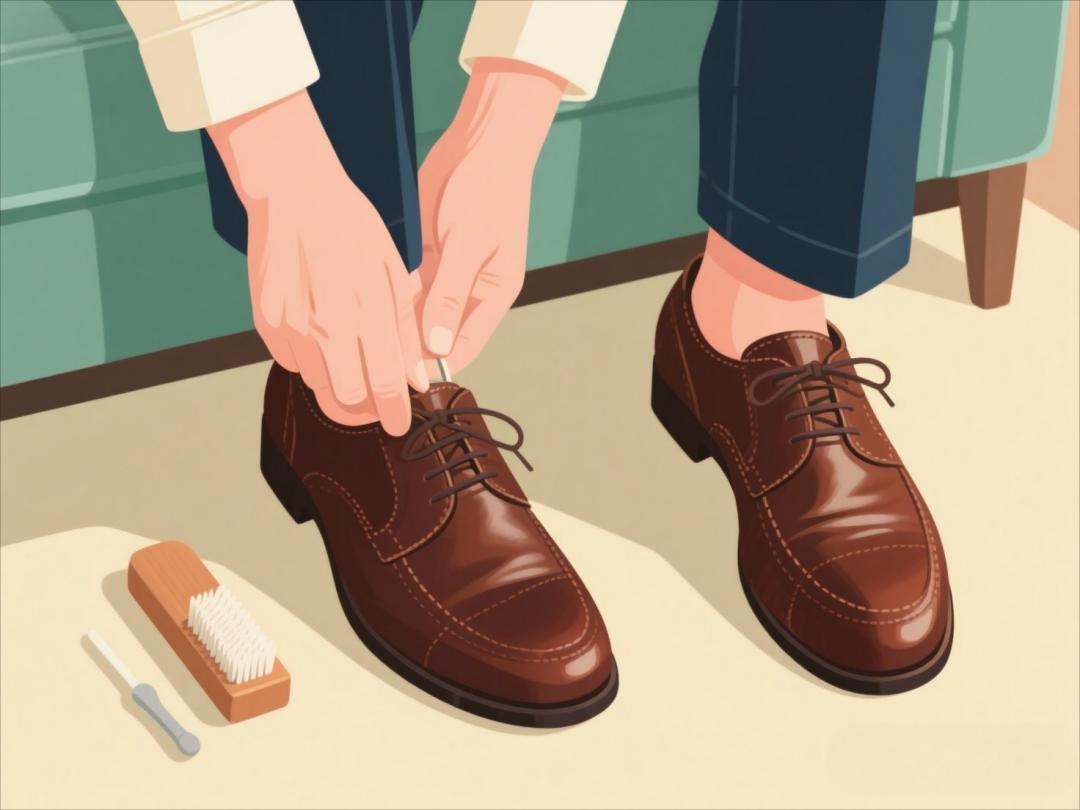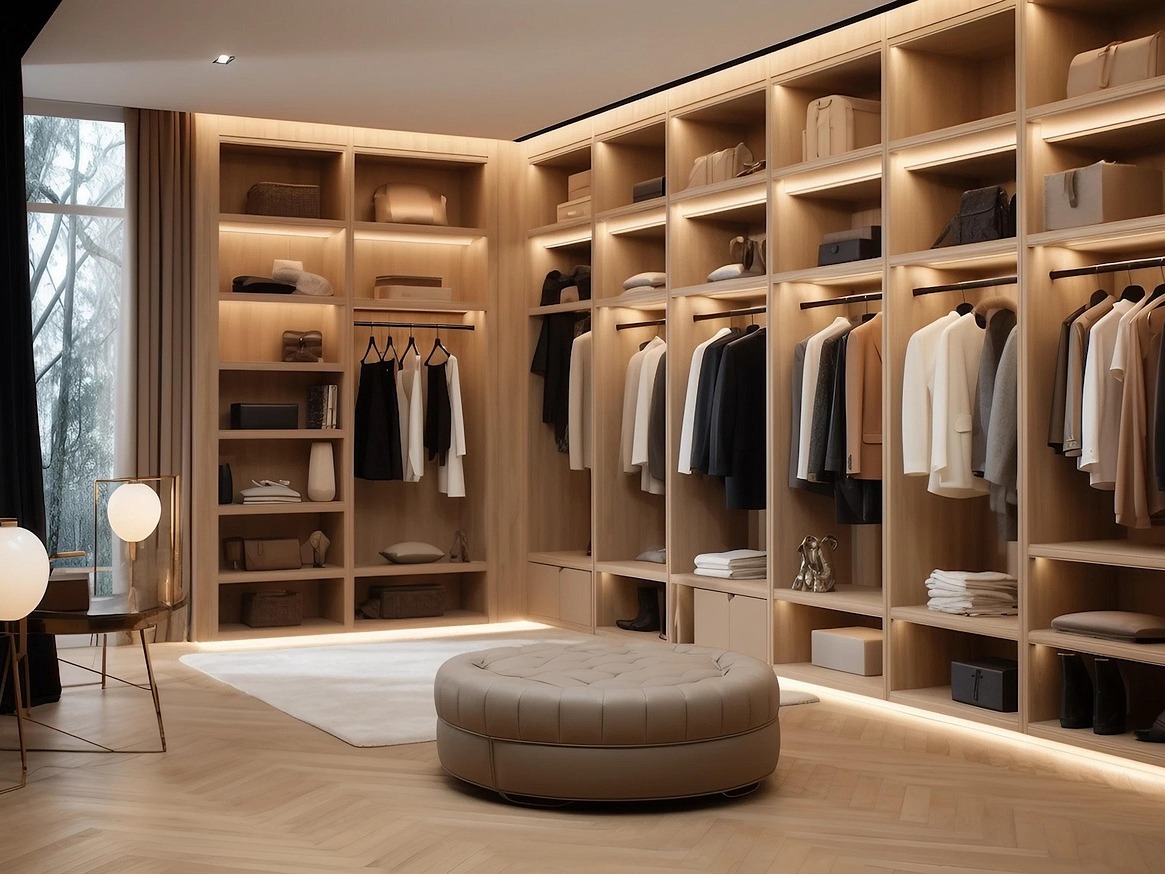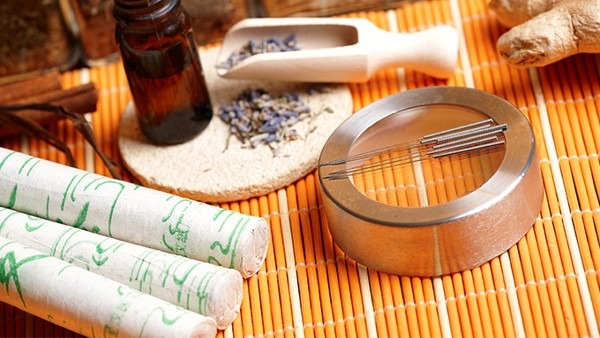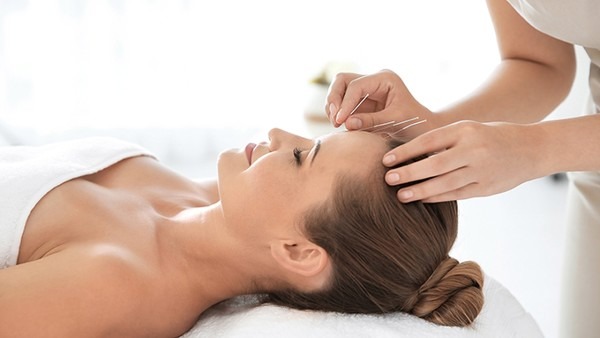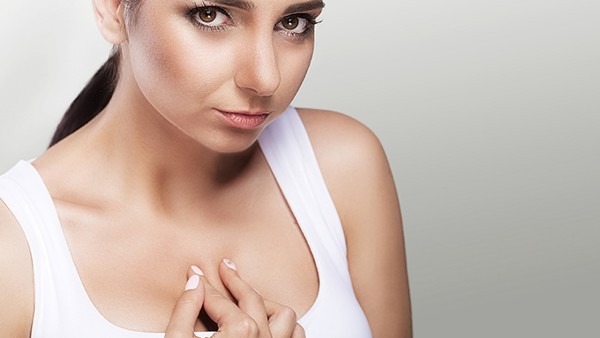If you're like me and prioritize style over function when it comes to sneakers, you might be setting yourself up for some serious discomfort—or even injury. My own experience with knee and shin pain forced me to rethink my approach, leading me to HOKA ONE ONE and a crash course in proper running shoe selection from pro runner and coach Ben Bruce. Here’s what I learned.
The Problem with Picking Shoes Based on Looks Alone
most of us have fallen for a pair of sneakers because they looked fire, not because they offered proper support. But running in shoes that don’t fit correctly or lack the right cushioning can lead to a laundry list of issues, from blisters and shin splints to more serious joint pain. My too-small, all-white kicks were cute, but they were also a one-way ticket to discomfort city. Bruce explained that running shoes should be about performance first, aesthetics second. If they happen to look cool too? Bonus.
Why Fit Matters More Than You Think
One of the biggest mistakes people make is assuming their running shoe size matches their everyday shoe size. Bruce stressed that running shoes should have about a thumb’s width of space between your longest toe and the end of the shoe to allow for natural foot swelling during activity. A snug fit might feel fine at first, but after a few miles, that lack of space can lead to black toenails, numbness, or worse. He also recommended trying shoes on later in the day when feet are naturally slightly swollen to get the most accurate fit.
The Right Shoe for Your Running Style
Not all running shoes are created equal, and the best pair for you depends on your gait, foot strike, and running surface. Bruce broke it down: neutral runners need cushioning without excessive stability features, while overpronators benefit from structured support. Trail runners require aggressive treads, and road runners need responsive cushioning. HOKA’s maximalist cushioning, for example, is great for absorbing impact—something my joints definitely appreciated after switching.
When to Retire Your Kicks
Even the best running shoes don’t last forever. Bruce shared that most lose their supportive qualities after 300-500 miles, even if they still look fresh. Worn-out cushioning means your joints take more impact, increasing injury risk. He suggested tracking mileage or watching for visible wear patterns (like compressed midsoles or uneven tread) as signs it’s time for a replacement. My old shoes? Definitely past their prime.
Breaking Them In the Right Way
New shoes shouldn’t require a brutal break-in period. Bruce warned that if shoes feel uncomfortable from the first wear, they’re probably not the right pair. Instead of toughing it out, he recommended gradually increasing distance in new shoes to let your feet adjust while ensuring they truly work for you. This was a game-changer—my HOKAs felt supportive right out of the box, no blisters required.
After applying Bruce’s advice, my runs became noticeably more comfortable, and that nagging knee pain? Gone. While I’ll always appreciate a stylish sneaker, I now know that function should never take a backseat to fashion when it comes to running shoes. Your feet (and joints) will thank you.


